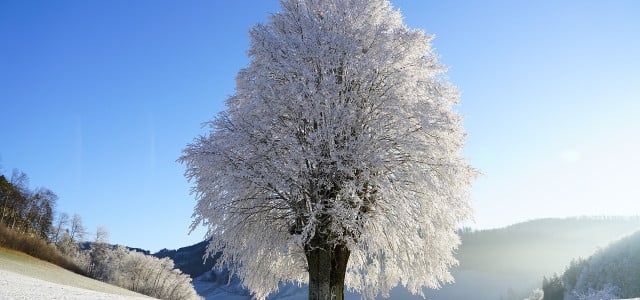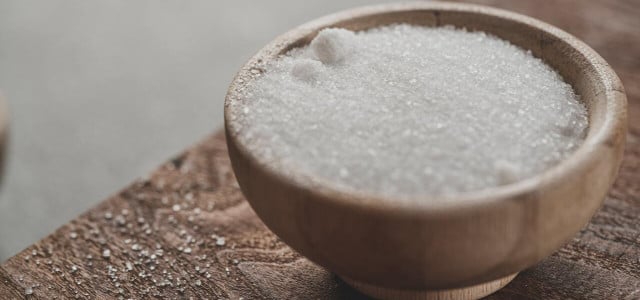Do you know where maple syrup comes from? Learn about the fascinating process that brings us this all-natural sweetener and favorite pancake topping.
Maple syrup is a deliciously sweet liquid made from the sap of sugar maple trees. The sugar maple tree is native to the hardwood forests of eastern Canada and the eastern United States; however, certain conditions must be met for maple syrup production.
The amber liquid is an integral part of Canadian culture, and they are the world’s largest producer, but it isn’t unique to Canada. New England also has a healthy maple syrup industry – particularly in Vermont. Where does maple syrup come from? We’ll take a closer look at the production process and some potential health benefits.
Where Does Maple Syrup Come From?
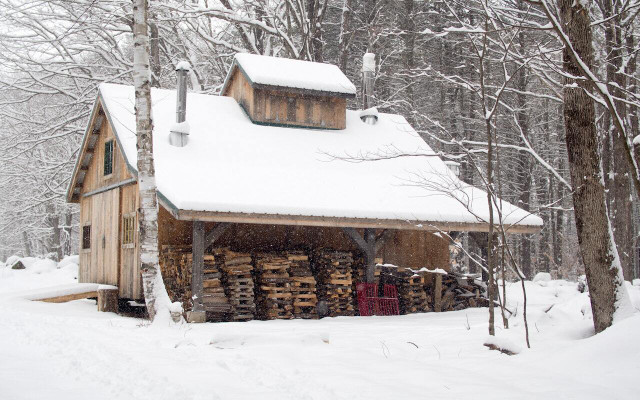
The production of maple syrup is more natural than most sweeteners, as the sap used to create the syrup is a naturally occurring phenomenon. The Indigenous peoples taught early settlers how to harvest sap and boil it to make maple syrup, so we have them to thank for this popular product.
- Preparation: A lot of prep work goes into getting things ready for maple syrup season. Firewood needs to be chopped and stored, the equipment needs to be tested and repaired, and everything needs to be cleaned.
- Checking the weather: The maple syrup season is short and weather dependent. It requires freezing nights and warm sunny days in order for the sap to start flowing.
- Tapping the trees: Once the sugar maker determines the conditions are right, it’s time to tap the trees. This involves drilling holes deep enough into the tree to access the sap but shallow enough not to injure the tree. The traditional method uses a tap added to the hole, and a bucket with a lid is attached underneath to catch the sap.
- Collecting the sap: With the traditional bucket method, each bucket needs to be checked and emptied as the season progresses. A more modern way of sap collection attaches plastic tubing to the trees, carrying the sap to a central collection tank. Large-scale maple syrup producers may attach a type of vacuum to the tubing to increase yield.
- Processing the sap: To get the best flavor, sap should be processed promptly. This involves boiling the sap to evaporate off the water content, leaving a concentrated sap (syrup) behind. The sugarmakers use thermometers and hydrometers to know when it’s finished boiling.
- Filtering and grading the syrup: The syrup gets filtered and then graded according to the standardized grading kit.
Different Types of Maple Trees



As previously mentioned, most maple syrup comes from the sugar maple tree. That’s because the sugar content in the sap is above 3%, which is higher than any other species of maple tree. The sap of red, silver or Norway maple trees can also be used, but the result won’t be as sweet. Large numbers of maple trees grown together are known as a sugar bush.
To be suitable for tapping, trees need to be at least 11 inches in diameter, which usually means they should be about 40 years old. A healthy tree can produce one gallon of sap on a good day, and it takes 40 gallons to produce one gallon of maple syrup.
Substituting Maple Syrup for Sugar
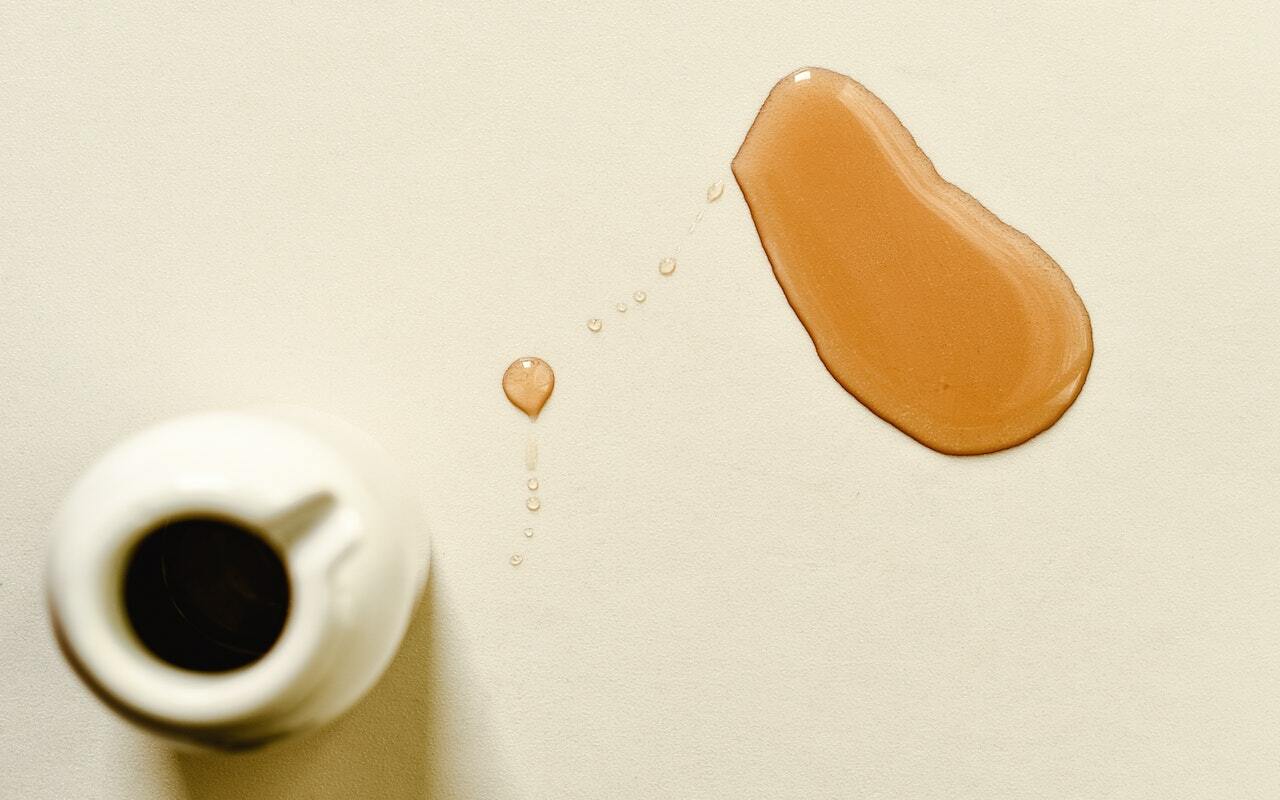

As maple syrup comes directly from the tree, it’s a vegan sweetener suitable for people trying to avoid refined sugar. Is maple syrup good for you? In many ways, yes. It has the bonus of up to 24 different antioxidants and contains essential vitamins and minerals like zinc, manganese, potassium and calcium. Maple syrup also ranks lower on the glycemic index making it more suitable for diabetics, and it can help reduce oxidative stress and strengthen your immune system.
It’s often asked if honey is healthier than sugar; the same question can be asked about maple syrup. There are definite advantages to this natural sweetener, but it is still a type of sugar and should be consumed in moderation. If you’re looking to substitute maple syrup for sugar, remember the following:
- Maple syrup is roughly three times as sweet as regular sugar and has fewer calories.
- When replacing white sugar in cooking, use ¾ cup of maple syrup for every 1 cup of sugar.
- When baking, you can use the same ratio, but you’ll also need to reduce the liquid in your recipe by 3 tablespoons for every cup of maple syrup.
- Lower the oven temperature by about 25 degrees when baking with maple syrup, as it caramelizes at a lower temperature than regular sugar.
- If you’d like to use maple syrup as a vegan honey alternative, you can use it at a 1:1 ratio.
- Use only pure and organic maple syrup to reap the full benefits. Do not confuse maple-flavored syrup, which is full of refined sugars, and high-fructose syrups.
Maple Syrup Grades and Their Uses
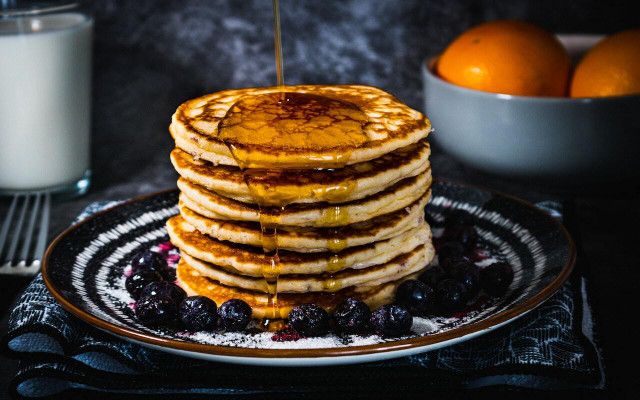


In 2015, the Standards for Grades of Maple Syrup was developed and implemented across North America. Before that, each state or province had its own grading system. The new system has four categories, all of which are considered Grade A — it’s the description that follows that determines the difference. Now that we’ve answered the question “Where does maple syrup come from?” we can move on to enjoying it:
- Golden, delicate taste: The lightest of all maple syrups and best used for drizzling over vegan pancakes, waffles or homemade ice cream.
- Amber, rich taste: A bit stronger in flavor than the lighter version and is great for cooking and baking. Add some to your breakfast,s like overnight oats or homemade yogurt.
- Dark, robust taste: If you have a recipe that requires a strong maple taste, you should use this type of maple syrup.
- Very dark, strong taste: The strongest flavor and darkest colored maple syrup available. It’s best used as a substitute for molasses or for making maple taffies.
Read more:
- Top 10 Books About Trees You Must Have Read in 2022
- Beer Marinade for Vegan Grilling: Tasty Recipe
- Why You Might Have a Sugar Headache (and Don’t Even Know it)
Do you like this post?







